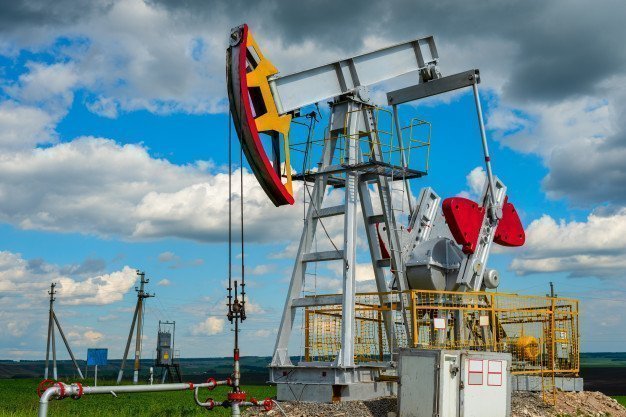Oil prices dipped on Friday and ended the week with little changes after weathering concerns from banks and the International Energy Agency that the spread of coronavirus variants is slowing oil demand.
Global oil benchmark Brent crude settled down 72 cents, or 1%, at $70.59 a barrel for the session. West Texas Intermediate (WTI) crude settled down 65 cents at $68.44.
For the week, Brent fell less than 1%, after dropping 6% last week, its largest week of losses in four months. Last week WTI slumped nearly 7% in its biggest weekly decline in nine months.
On Thursday, the IEA said demand for crude oil stalled in July and will rise at a slower pace for the rest of the year due to increased infections from the Delta variant of the coronavirus.
Still, oil continued to be supported by increased demand in the United States, the world’s largest consumer, and other countries with higher COVID-19 vaccination rates.
According to EIA’s report spread of COVID-19 Delta variant lowers oil demand outlook. While the report is rather pessimistic on demand, it’s pretty clear that this will continue as we see a near-term supply gap and air travel restrictions being lifted in the US.
Banks also lowered their short-term demand forecasts. Goldman cut its global oil deficit forecast from 2.3 million barrels per day to 1 million barrels per day in the short term. However, Goldman expects the recovery in demand to continue with increasing vaccination rates.
In contrast, the Organization of the Petroleum Exporting Countries (OPEC) on Thursday stuck to its forecast of a recovery in global oil demand and further growth in 2022, despite growing concern over fluctuations in COVID-19.
Biggest weekly oil rig rise happened since April in the US. Baker Hughes said U.S. energy firms had added the most oil rigs in a week since April, with the total number of rigs more than double the record low a year ago.
U.S. oil rigs rose 10 to 397 this week, their highest since April 2020, and up from 172 a year ago, which was their lowest since 2005 before the shale boom boosted activity.
As an early indicator of future production the combined oil and gas rig count rose by nine to 500 in the week through 13 August. This raises the record low of 244 at this time last year by 105%.

